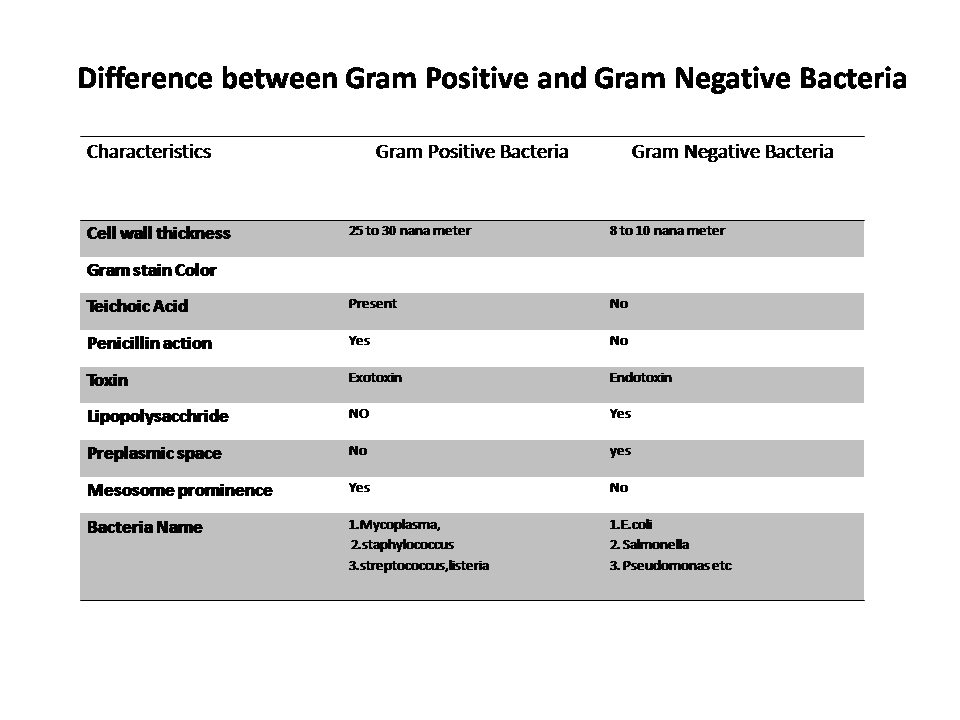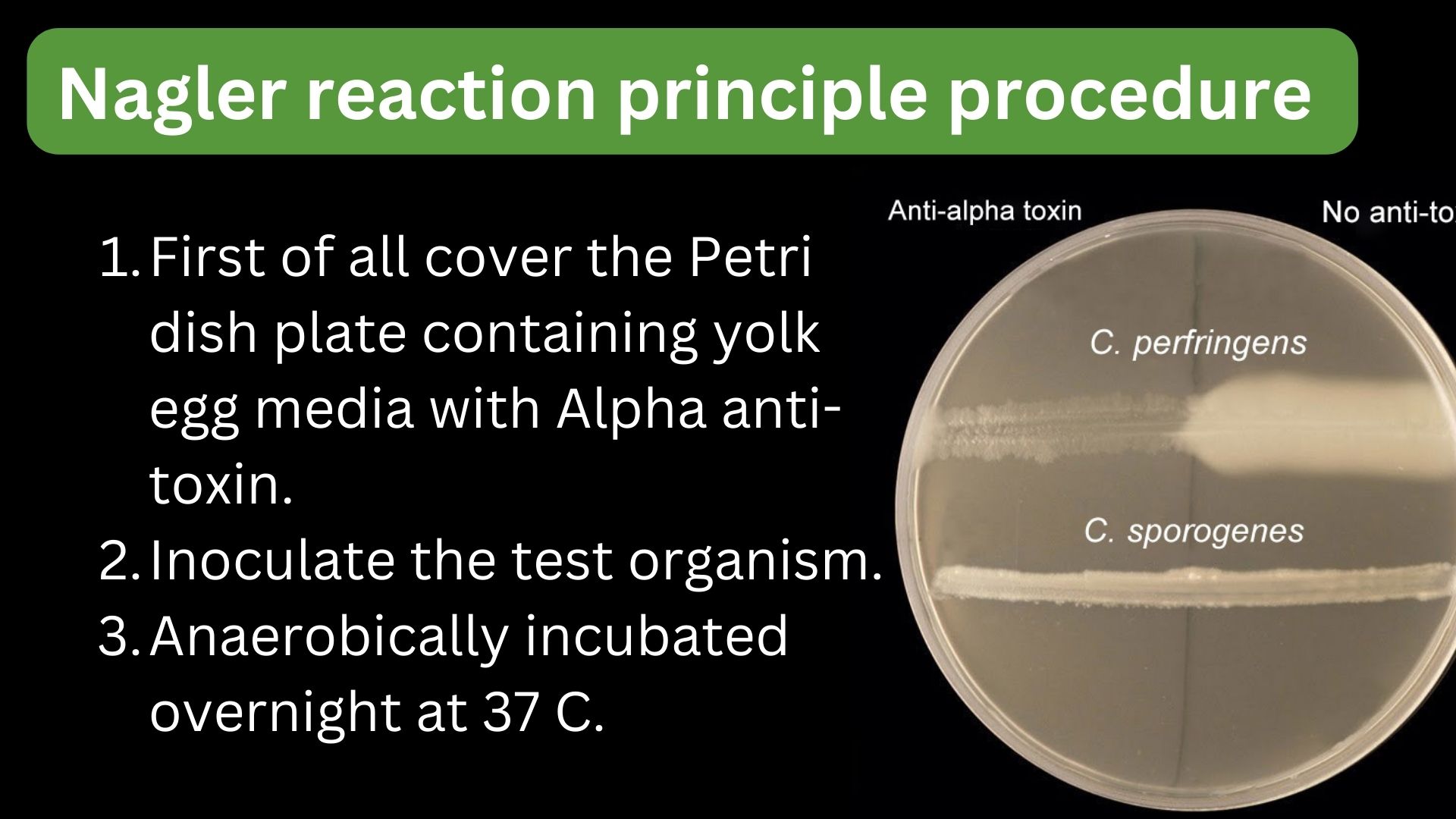Arginine dihydrolase test procedure for pseudomonas aeruginosa
Arginine is an amino acid that builds up protein. Arginine is hydrolyzed by some bacteria, which release an enzyme called arginine dihydrolase. It is characteristic of certain enterobacteria. Arginine dihydrolase test procedure There are two types of procedures. Procedure: 1 Following are the steps in procedure 1. In the case of streptococci, 0.5 ml of … Read more




